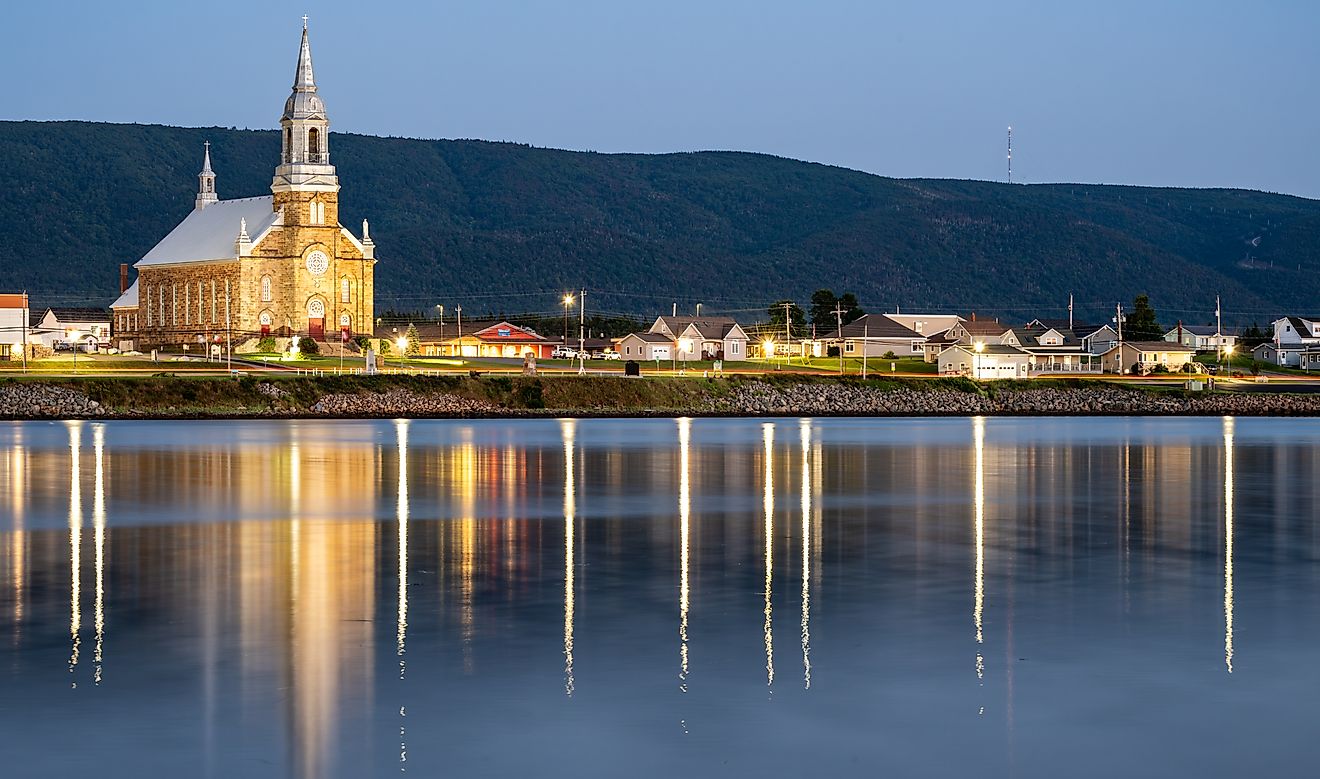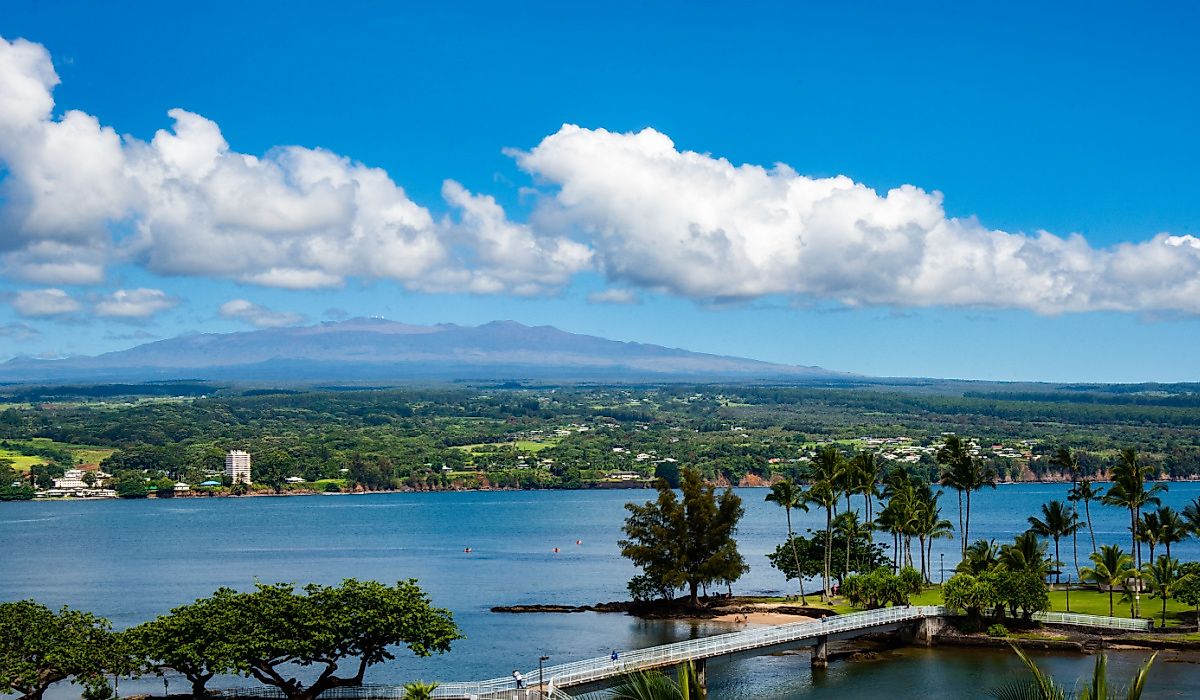Texas - National Parks And Other Natural Destinations In The U.S. State
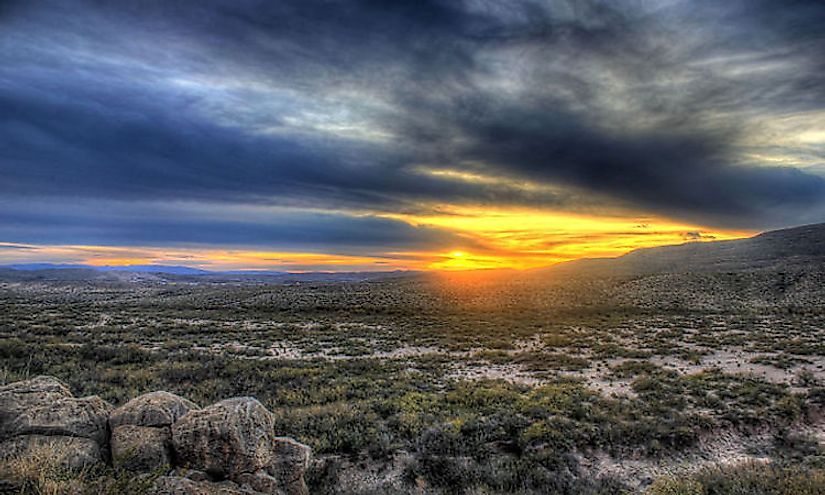
Texas is the second largest US state in terms of both population and area. It is located in the south-central part of the country and shares borders with the US states of Louisiana, Arkansas, Oklahoma, and New Mexico. Texas is also bordered by Mexico and the Gulf of Mexico. Due to its vast size, Mexico hosts a diversity of landscapes including deserts, prairies, grasslands, coastline, and forests. Here we mention the national parks in Texas and other protected natural areas in the state.
7. Amistad National Recreation Area -
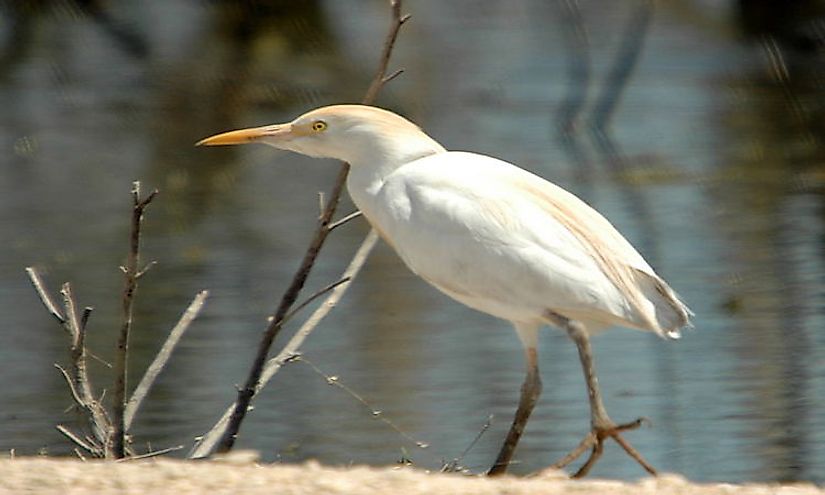
The area around the Amistad Reservoir at the point of confluence of the Devils River, the Pecos River, and the Rio Grande near Del Rio in Texas is designated as the Amistad National Recreation Area. The park unit is maintained by the National Park Service. The Amistad Reservoir was created by the Amistad Dam located on the Rio Grande. The Amistad National Recreation Area provides opportunities for recreational activities like fishing, swimming, boating, water-skiing, scuba diving, camping, hiking, picnicking, and more. Rock art and archeological artifacts can also be observed in the recreation area. The area is also famous for the fall monarch butterfly migration.
6. Lake Meredith National Recreation Area -
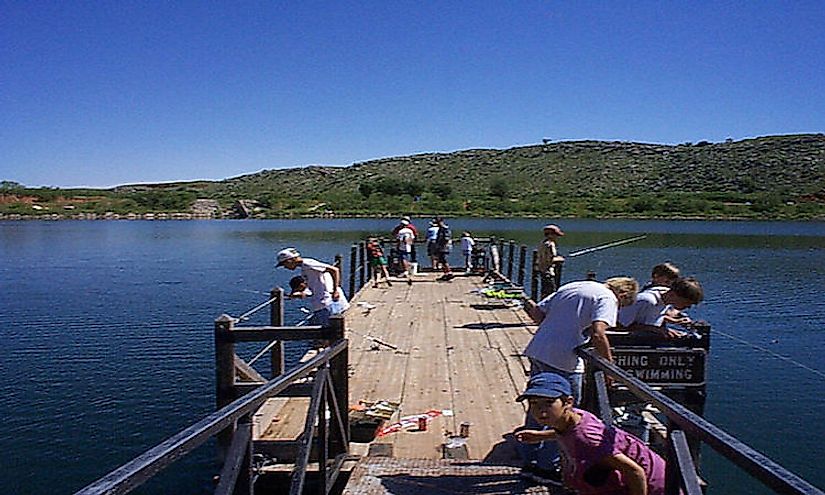
Located in the Texas Panhandle, 48 km north of Amarillo, Texas, the Lake Meredith National Recreation Area is a tourist hotspot in the US state. The Lake Meredith, a 10,000-acre lake, is the main feature of this recreation area. The lake is created by the Sanford Dam on the Canadian River. Tourists to the Lake Meredith National Recreation Area can enjoy swimming, boating, hiking, fishing, and more. The lake can be accessed by one marina and five boat launch ramps. Visitors to the Lake Meredith National Recreation Area can also visit the Alibates Flint Quarries National Monument located nearby.
5. Padre Island National Seashore -
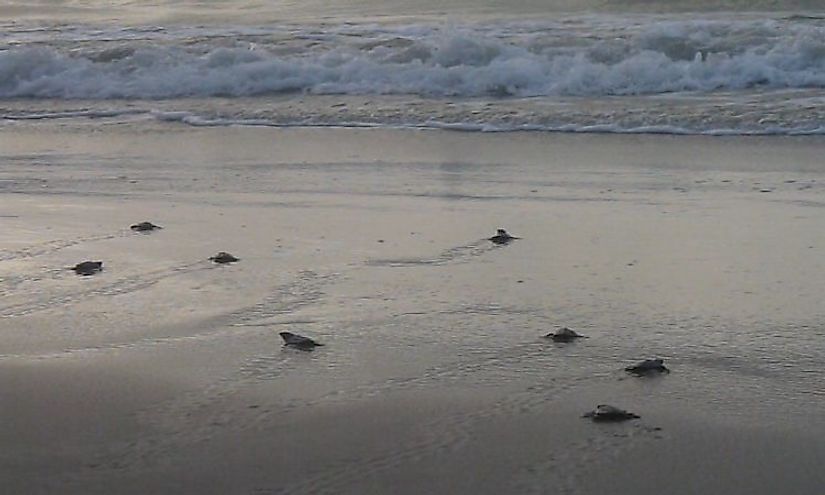
The Padre Island National Seashore (PAIS) is a national seashore located off the coast of South Texas on the Padre Island. The national seashore is a nature conservation spot that is 110 km long and has 105.4 km of Gulf Beach. The PAIS houses pristine beaches, dunes, and tidal flats. The Laguna Madre is a famous windsurfing spot in the national seashore. The beaches of the seashore provide an important nesting spot for the Kemp’s ridley sea turtles. The national seashore also lies on a major migratory route for birds. Brown pelicans, redheads, least terns, piping plovers, reddish egrets, peregrine falcons are some of the birds that can be spotted on this island.
4. Waco Mammoth National Monument -
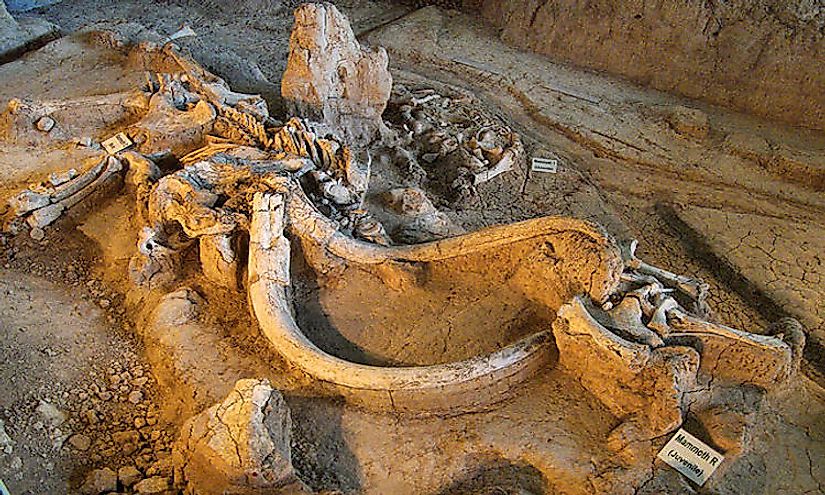
A paleontological site and museum located in Waco, Texas, the Waco Mammoth National Monument is a popular tourist destination in the US state. The site hosts the fossils of 24 Columbian mammoths and other animals of the Pleistocene Epoch. The site is also known for the discovery of the largest single herd of mammoths that died due to a single catastrophic event, possibly a flash flood.
3. Guadalupe Mountains National Park -
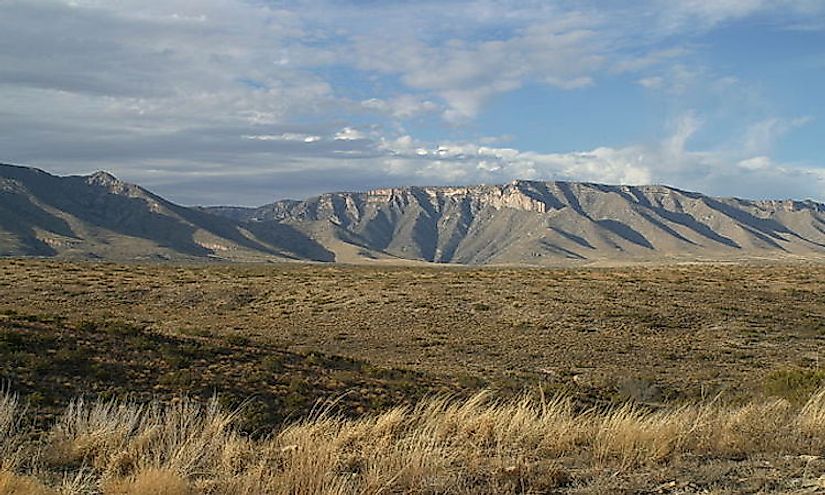
The Guadalupe Mountains National Park is one of the national parks in Texas that features the Guadalupe Peak, Texas’ highest peak which stands 8,749 feet tall. The 86,367 acres national park includes several trails for horse-riding and hiking of which the Guadalupe Peak Trail offers the best views of the park. The McKittrick Canyon is also a part of the Guadalupe Mountains National Park which comes alive with a blaze of colors during the fall, a stark contrast to the surrounding Chihuahuan Desert landscape. Other attractions include the Williams Ranch, gypsum sand dunes, Dog Canyon, and more.
2. Big Thicket National Preserve -
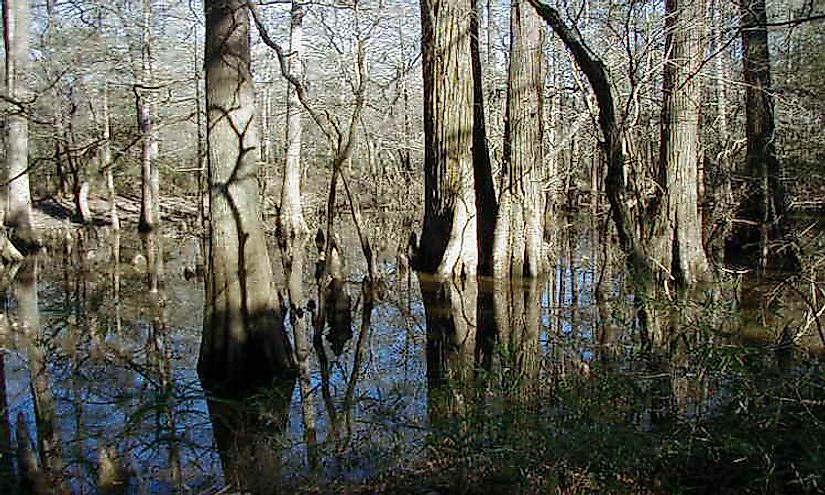
The Big Thicket National Preserve is in Southeast Texas and covers over 3,350,000 acres of space spreading across 14 counties of the state. However, the boundaries of the National Preserve are not exactly defined. The National Preserve was established in 1974 and was designated by the UNESCO as a Biosphere Reserve in 1981. The preserve today houses over 100 species of shrubs and trees as well as 300 species of nesting and migratory birds. All four groups of North American venomous snakes and alligators also occur in the Big Thicket National Preserve.
1. Big Bend National Park -
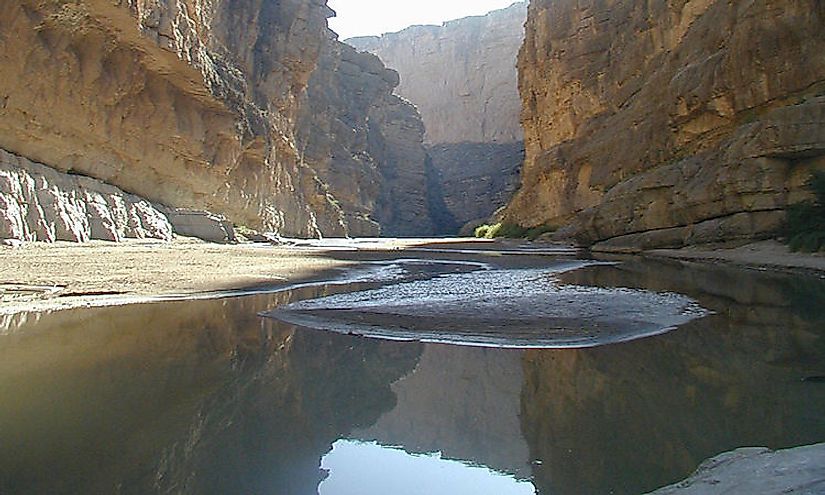
The Big Bend National Park is one of the most famous national parks in Texas. It is the largest protected area of the Chihuahuan Desert. It hosts 1,200 species of plants, 450 species of birds, 56 reptilian species, and 75 mammalian species. The Big Bend National Park occupies an area of 801,163 acres. The park hosts a variety of fossils belonging to the Cenozoic and Cretaceous era. Cougars, kangaroo rats, coyotes, golden eagles, Mexican black bears, Mexican wolves, black-tailed jackrabbits, etc., are some notable animals living in the national park.










